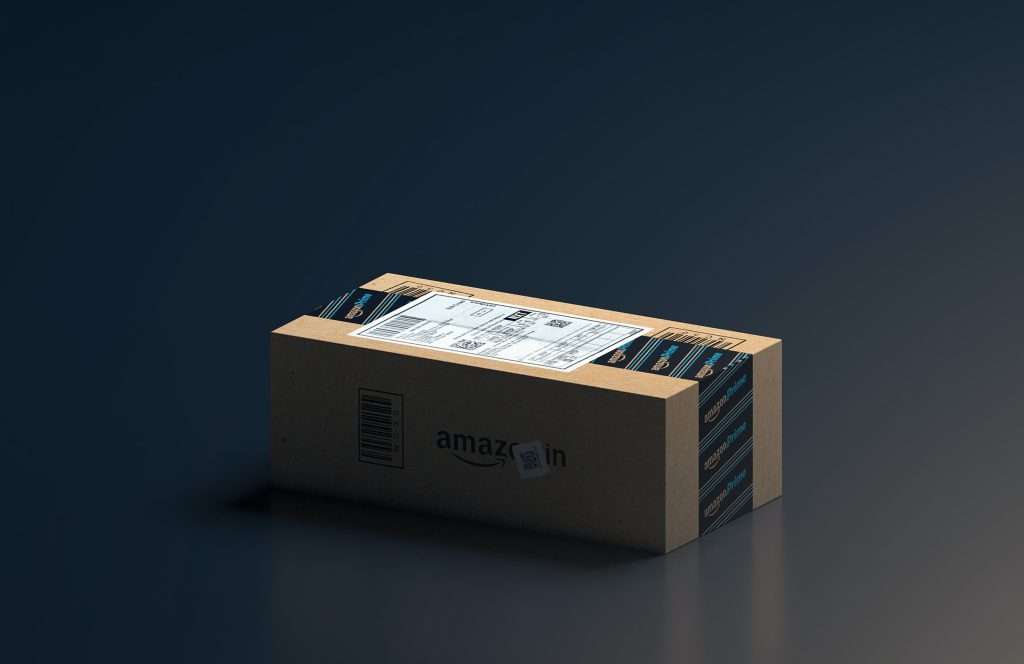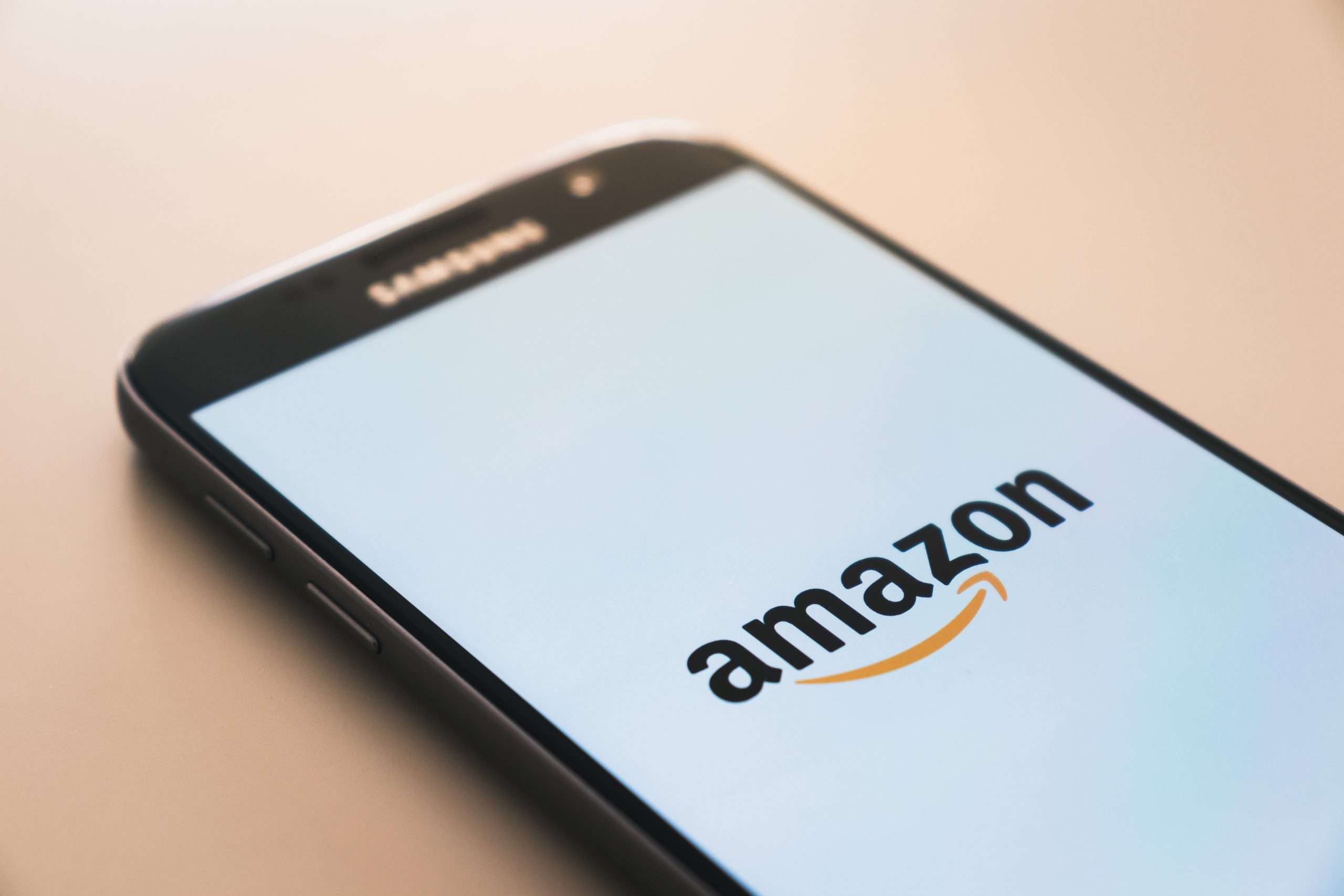If you are selling and advertising on Amazon, you’re probably noticing a lack of efficiency over the past few months. If you’ve been advertising for years, you’re likely seeing this trend extend far beyond that.
Specifically, broad match targeting on Amazon has become increasingly expensive as of late, and what’s worse is its lower efficacy. Many sellers across all industries are experiencing this trend, which can be draining their budget and is hurting their advertising cost of sales (ACOS). I read forums frequently about people (even some agencies) pulling back spend from broad match targeting, feeling like Amazon is intentionally making it less profitable for one reason or another.
I for one do not feel as though Amazon has intentionally tanked the performance of broad match. Yes, they have polished off some new toys (like Sponsored Display Video for example) that lean on audience targeting to reach the same upper funnel buyers. Say what you will about Amazon, but they have always prioritized the customer experience over everything else, and I would be pretty surprised to hear that they intentionally prevent the best product from ranking number one.
What Is Going on at Amazon?
Taking a step back, there are a few reasons why I believe broad match (and Amazon advertising as a whole) has gotten more expensive.
- More companies are focusing on Amazon as a main source of revenue, therefore dedicating larger ad budgets to it, thus raising prices. In addition, third party sellers are growing in numbers like crazy. Both are doing this because…
- More people are using Amazon to start their product research than ever before. 2021 was the first year Amazon beat Google as the go-to place to start your product research, many times due to users wanting to know if items were in stock, what the global ratings are for products, or figuring out where the best sellers rank and how they compare. So, this means more people are going to Amazon, which will generate more searches (especially broad searches since they are research focused), and then more clicks from those searches. So companies are needing to pay more to capture this larger audience, but the audience is not necessarily as willing to buy as they were in the past (that is extra topical now in this economic downturn).
Advertisers that are pausing broad match entirely are either very constrained by budget, or abhorrently myopic. For the record, I usually favor phrase match over broad (with some obvious exceptions), but the goals are generally the same. People are doing their research on Amazon now. When they type in that broad keyword to search, they are going to click on the first few products. If you are removing yourself from that top line of results, you are removing yourself from buying contention as well.
In this new world of Amazon, we should expect lower CVRs, higher traffic, and higher ACOS. Similar to the world of Google and Meta (but condensed to just a few years), the days of posting ads and getting large ROIs are over. We need to be strategic about building the funnel and moving buyers through it.
 Being present during the research phase will be key to a seller’s long term success. Committing dollars to phrase/broad match terms is the best way to solidify presence. This can be partnered with display campaigns to capitalize on the exact audiences needing to be reached, but at the end of the day, the search results will always get more clicks (and therefore more PDP views) than the margins where display ads live. It’s also worth investing into top-of-search impression share. By only paying for the number one placement, you can guarantee an incredibly strong CTR for your most important terms (and hopefully a stronger CVR to follow).
Being present during the research phase will be key to a seller’s long term success. Committing dollars to phrase/broad match terms is the best way to solidify presence. This can be partnered with display campaigns to capitalize on the exact audiences needing to be reached, but at the end of the day, the search results will always get more clicks (and therefore more PDP views) than the margins where display ads live. It’s also worth investing into top-of-search impression share. By only paying for the number one placement, you can guarantee an incredibly strong CTR for your most important terms (and hopefully a stronger CVR to follow).
This lower efficiency puts a lot of small to mid-sized businesses in a tough spot. Amazon already takes large chunks out of their margins, increasing ACOS can be, frankly, unprofitable for some. In addition, large brands that have eight figures to spend on marketing each year may not feel this change in the Amazon ecosystem at all. But if a company chooses not to be on Amazon at all, they run the risk of a third party seller stepping in to take over their brand’s presence on Amazon, or even worse, losing sales to the 89% of people who prefer to buy through Amazon.
I’ve worked with many companies across multiple industries where Amazon grew and their website sales shrank in 2022. It seems that the millennial buyers are choosing to avoid shopping on websites in favor of Amazon, presumably because they no longer want to type out their address and credit card information (not to mention free two-day shipping in most cases).
What does this mean for our “Amazon State of the Union”?
You understand, now, what is going on at Amazon in that new businesses should still sell on Amazon (not only because users, especially if they are Amazon Prime members, usually receive free delivery on items) but there are still great benefits to advertising. If just starting out, focusing on branded keywords, product targeting, and exact match keywords will be profitable endeavors in most cases.
The rapid growth days may be behind us, but that should not deter businesses from expecting great year over year progress through Amazon. If the company is at liberty to reinvest gains into marketing, they can slowly build out their funnel to scale along with them. On the other hand, established businesses on Amazon need to reset expectations and keep the focus on full funnel advertising, because the second they pull back from the top funnel efforts, someone else will step in and steal their market share.








